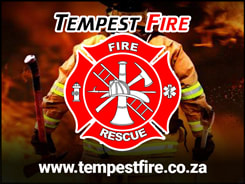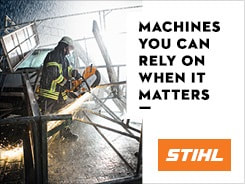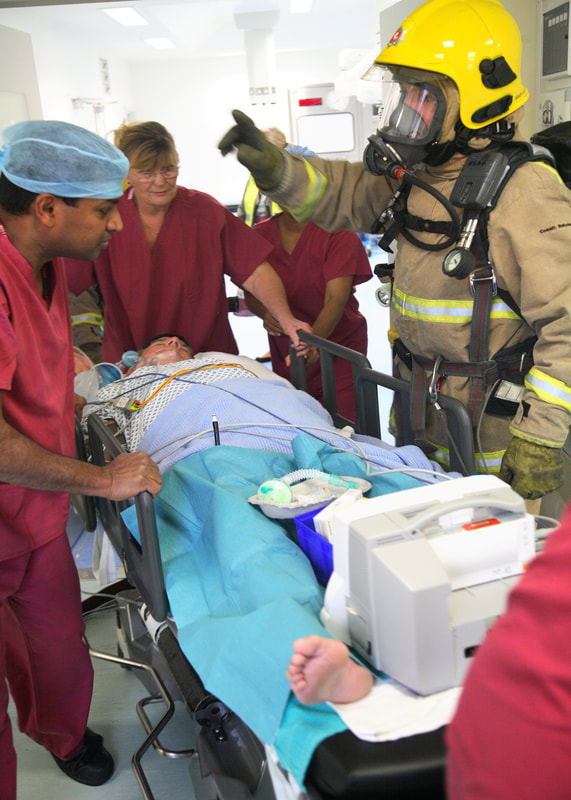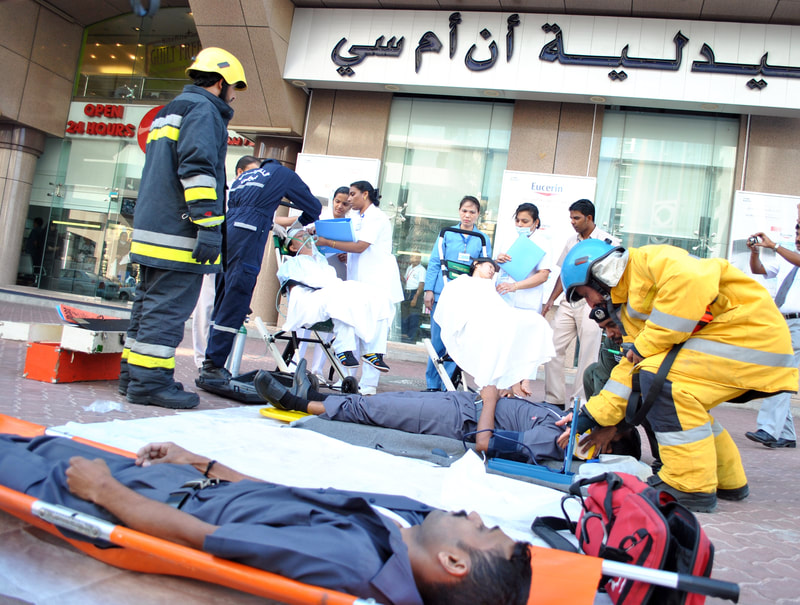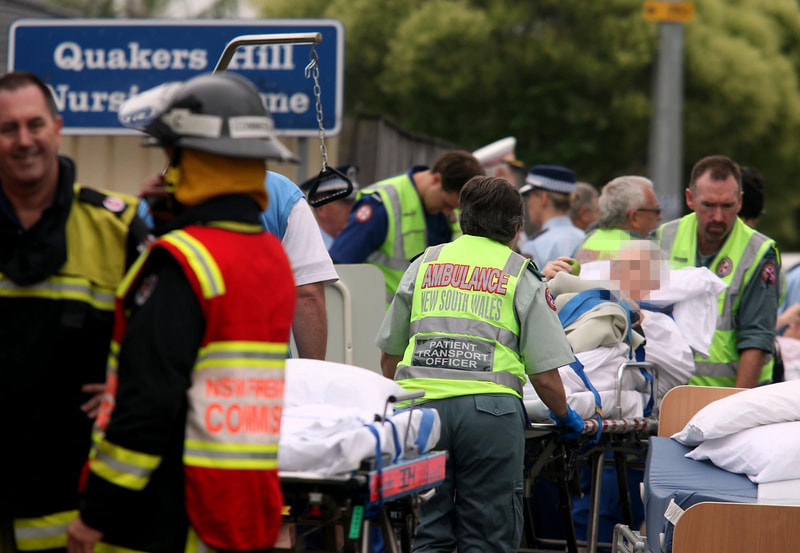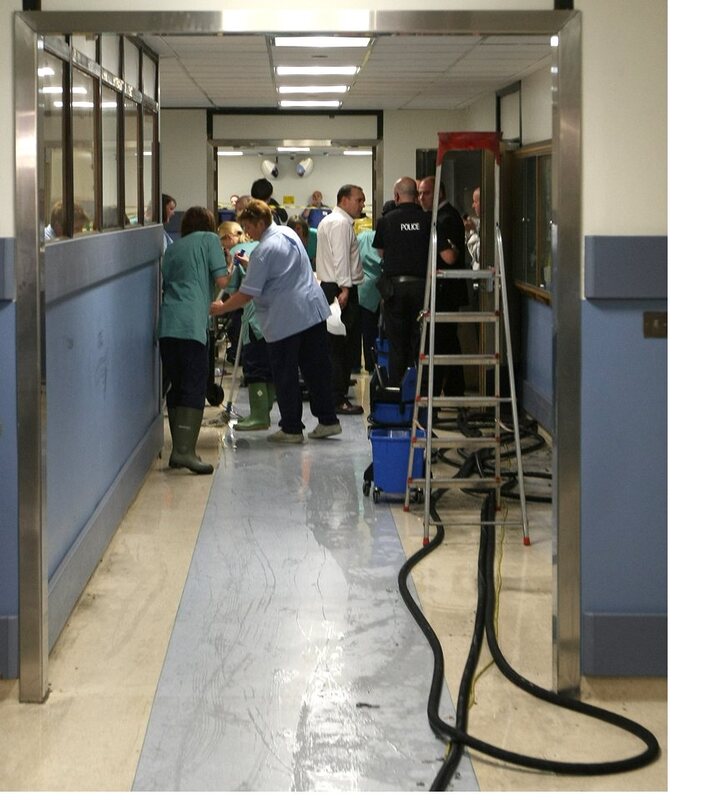- Home
- Magazines
-
Newsletters
- 19 July 2024
- 12 July 2024
- 5 July 2024
- 28 June 2024
- 14 June 2024
- 7 June 2024
- 31 May 2024
- 24 May 2024
- 17 May 2024
- 10 May 2024
- 3 May 2024
- 26 April 2024
- 19 April 2024
- 12 April 2024
- 22 March 2024
- 15 March 2024
- 8 March 2024
- 1 March 2024
- 23 February 2024
- 16 February 2024
- 9 February 2024
- 26 January 2024
- 19 January 2024
- 12 January 2024
- 22 December 2023
- 1 December 2023
- 24 November 2023
- 10 November 2023
- 3 November 2023
- 27 October 2023
- 20 October 2023
- 13 October 2023
- 6 October 2023
- 29 September 2023
- 22 September 2023
- 15 September 2023
- 8 September 2023
- 25 August 2023
- 18 August 2023
- 11 August 2023
- 4 August 2023
- 28 July 2023
- 21 July 2023
- 14 July 2023
- 7 July 2023
- 30 June 2023
- 23 June 2023
- 15 June 2023
- 2 June 2023
- 26 May 2023
- 19 May 2023
- 12 May 2023
- 5 May 2023
- 28 April 2023
- 21 April 2023
- 14 April 2023
- 6 April 2023
- 31 March 2023
- 24 March 2023
- 17 March 2023
- 10 March 2023
- 3 March 2023
- 24 February 2023
- 17 February 2023
- 10 February 2023
- 3 February 2023
- 27 January 2023
- 13 January 2023
- 22 December 2022
- 15 December 2022
- 9 December 2022
- 2 December 2022
- 25 November 2022
- 18 November 2022
- 11 November 2022
- 4 November 2022
- Advertising
- Subscribe
- Articles
-
Galleries
- AOSH Firexpo 2024
- Midvaal Fit to Fight Fire 2024
- WoF KNP 2023 Gallery
- TFA 2023 Gallery
- DMISA Conference 2023
- ETS 2023 Gallery
- Drager Fire Combat and Rescue Challenge 2023
- AOSH Firexpo 2023
- Midvaal Fit to Fight Fire
- WC IFFD 2023
- NMU 13th Fire Management Symposium 2022
- JOIFF Africa Conference 2022
- ETS 2022 Gallery
- TFA 2022 Gallery
- IFFD 2018
- SAESI
- TFA
- WRC 2018
- WRC 2019
- A-OSH/Securex
- IFE AGM 2019
- ETS Ind Fire Comp Nov 2019
- ETS Challenge 2021
- Drager launch
- Drager Fire Combat and Rescue Challenge 2022
- TFA
- Contact
- Home
- Magazines
-
Newsletters
- 19 July 2024
- 12 July 2024
- 5 July 2024
- 28 June 2024
- 14 June 2024
- 7 June 2024
- 31 May 2024
- 24 May 2024
- 17 May 2024
- 10 May 2024
- 3 May 2024
- 26 April 2024
- 19 April 2024
- 12 April 2024
- 22 March 2024
- 15 March 2024
- 8 March 2024
- 1 March 2024
- 23 February 2024
- 16 February 2024
- 9 February 2024
- 26 January 2024
- 19 January 2024
- 12 January 2024
- 22 December 2023
- 1 December 2023
- 24 November 2023
- 10 November 2023
- 3 November 2023
- 27 October 2023
- 20 October 2023
- 13 October 2023
- 6 October 2023
- 29 September 2023
- 22 September 2023
- 15 September 2023
- 8 September 2023
- 25 August 2023
- 18 August 2023
- 11 August 2023
- 4 August 2023
- 28 July 2023
- 21 July 2023
- 14 July 2023
- 7 July 2023
- 30 June 2023
- 23 June 2023
- 15 June 2023
- 2 June 2023
- 26 May 2023
- 19 May 2023
- 12 May 2023
- 5 May 2023
- 28 April 2023
- 21 April 2023
- 14 April 2023
- 6 April 2023
- 31 March 2023
- 24 March 2023
- 17 March 2023
- 10 March 2023
- 3 March 2023
- 24 February 2023
- 17 February 2023
- 10 February 2023
- 3 February 2023
- 27 January 2023
- 13 January 2023
- 22 December 2022
- 15 December 2022
- 9 December 2022
- 2 December 2022
- 25 November 2022
- 18 November 2022
- 11 November 2022
- 4 November 2022
- Advertising
- Subscribe
- Articles
-
Galleries
- AOSH Firexpo 2024
- Midvaal Fit to Fight Fire 2024
- WoF KNP 2023 Gallery
- TFA 2023 Gallery
- DMISA Conference 2023
- ETS 2023 Gallery
- Drager Fire Combat and Rescue Challenge 2023
- AOSH Firexpo 2023
- Midvaal Fit to Fight Fire
- WC IFFD 2023
- NMU 13th Fire Management Symposium 2022
- JOIFF Africa Conference 2022
- ETS 2022 Gallery
- TFA 2022 Gallery
- IFFD 2018
- SAESI
- TFA
- WRC 2018
- WRC 2019
- A-OSH/Securex
- IFE AGM 2019
- ETS Ind Fire Comp Nov 2019
- ETS Challenge 2021
- Drager launch
- Drager Fire Combat and Rescue Challenge 2022
- TFA
- Contact
|
12 January 2024
|
Featured FRI Magazine article: Old age homes and hospitals – are we prepared? By Lenny Naidoo (FRI Vol 1 no 10)
This week’s featured Fire and Rescue International magazine article is: Old age homes and hospitals – are we prepared? written by Lenny Naidoo (FRI Vol 1 no 10). We will be sharing more technical/research/tactical articles from Fire and Rescue International magazine on a weekly basis with our readers to assist in technology transfer. This will hopefully create an increased awareness, providing you with hands-on advice and guidance. All our magazines are available free of charge in PDF format on our website and online at ISSUU. We also provide all technical articles as a free download in our article archive on our website.
Old age homes and hospitals – are we prepared?
By Lenny Naidoo
Two old age home fires in Gauteng recently and another in KwaZulu-Natal, South Africa, a few years ago resulted in tragedy.
What has happened subsequent to the fires is the usual – investigations take place, old age homes become a priority from a fire safety perspective and then the priorities change. Fire services in our country are stretched to the limit as far as personnel are concerned. There is an acute shortage of fire safety officials that could inspect and advise institutions to ensure outbreaks of fires are minimised and responded to in safe and effective manner. Of course, the biggest stumbling block to promoting safety in homes and hospitals is the lack of finance. However, many precautions can be taken that have minimal financial implications.
Fact: smoke is the biggest killer in fire situations because smoke travels very quickly and victims succumb to the poisonous fumes long before the flames get to them. The design of an old age home or hospital can play a huge role in mitigating the effects of smoke build up and travel. Unfortunately, many old age homes and hospitals were built long ago and are not designed to adequately aid in safe and quick evacuation in an emergency.
Consider the following facts about old age homes and hospitals:
These are some of the issues that can result in small outbreaks of fire rapidly developing to large-scale emergencies.
The effects of the fire will certainly cause panic and stress and it is therefore critical that when evacuating people from these facilities, the vacating happens without causing panic. The simple way to conduct the evacuation would be to either make an announcement over the public address (PA) system, where available, using a predetermined code for example “paging doctor red”. This could signify a fire, or, alternately play a prearranged song over the PA system thereby alerting staff to an emergency. This can only work if all staff is trained in the evacuation plans and procedures. Quite often staff turnover brings about a situation whereby new staff members are not inducted into the emergency procedures.
Most important is to test the plan to see if it really works, especially if there are changes in design and construction. Let us not be caught napping. Following is a standard plan for a hospital that can be adapted to specific hospitals or old age homes.
Hospital fire plan
If a fire should occur in the hospital, we cannot evacuate like most other types of businesses. Many of the patients are non-ambulatory to varying degrees and many are on life support systems. Therefore, we must be prepared to fight, control, and contain the fire while the building is occupied. The responsibility of initial containment and control of a fire rests with hospital personnel. It is imperative that every employee be familiar with the hospital's fire plan and knows the appropriate action to take if a fire should occur. The actions taken during a fire emergency could be the difference between a minor incident and a tragic event.
Procedures when discovering a fire
The basis of this fire plan is a four-step procedure ie RACE:
Rescue
Escort or carry anyone in immediate danger of fire or smoke to a place of safety.
Sound the alarm
Go to the nearest red fire alarm pull station and activate the alarm by pulling down the handle. Call the fire department and state what is burning and the exact location ie floor, ward.
Confine the fire
Disconnect medical gas flow meters in the room and close all doors in the fire area as you leave the room. This will contain the fire and smoke in the fire area and provide time to evacuate patients in the wing to an area of safety.
Extinguish/evacuate
If the fire is small, attempt to extinguish the fire with a fire extinguisher. If necessary, begin evacuation of the area.
General instructions during fire response
Alarm activation
When a fire alarm device is activated, the alarm will sound, the strobe light will activate, and an audible message should be given only on the floor on which the device is activated and the floor above and below the area on which the alarm device is activated. Security/fire marshals should report to the area in which the device is in alarm to verify it is a fire. If verified it is a fire, the alarm should be sounded throughout the facility.
Procedures if fire is not in the immediate area
Station one person at the telephone to relay instructions. Keep the phone open for official use only. See that all patients and visitors return to their rooms and waiting areas. Close all doors to patient rooms, offices, treatment rooms, etc. Remove all moveable equipment from corridor (carts, wheelchairs, stretchers, etc). Station someone at stairwell doors and fire/smoke barrier doors to prevent movement of personnel, patients, and visitors in hallways. Prepare to evacuate if the order is given.
Evacuation procedures
In a health care facility, total evacuation or even partial vertical evacuation (down stairwells) is not desirable except in the most extreme of circumstances. Therefore, we must look to horizontal evacuation of patients. When possible, patients should be moved horizontally from the fire area through the fire/smoke doors to a safe area of refuge on the same floor (example: G-wing fire area - move patients through G-wing smoke doors to J-wing or K-wing). The local fire department, hospital administration, nursing administration or house manager will be responsible for initiating the evacuation order.
Order of patient evacuation
Guidelines for patient evacuation
Patients nearest the fire and smoke should be moved first through the smoke/fire doors to a place of safety. Ambulatory patients should be instructed to link hands and will be led to a place of safety beyond fire doors. One assigned person will head up the chain and another will bring up the rear. Non-ambulatory patients should be moved with life support equipment when possible. Oxygen should not be used when going through a fire area. Patients can be moved by wheelchairs and stretchers or placed on a blanket and pulled to a place of safety. In addition, various emergency carries can be utilised to move non-ambulatory patients. When possible, patients' records should be moved during evacuation (see hospital evacuation plan).
Evacuation procedures for patients with special needs
Fire fighter carries for evacuation
Departmental responsibilities
General information
It is the direct responsibility of every department head or supervisor to instruct every employee under his/her supervision as to the employee's duties in the event of a fire. Personnel should not use elevators during a fire alert. Most fire extinguishers used in the hospital are for use on class A, B and C fires. Most extinguishers in the hospital are general use and may be used on all the described types of fires by using PASS: pull the pin, aim low, squeeze the lever, sweep from side to side.
During fire emergencies and fire drills in the hospital, physicians should be asked to:
Volunteers and students should be treated as visitors and asked to go into a room and stay until the “all clear” order is announced or evacuation order is given.
By keeping our old age home and hospital staff trained, fires in these facilities could be contained prior to it spreading and if, in the worst-case scenario, the spread of fire and smoke creates an emergency, the staff will be able to evacuate the facility and follow emergency procedures efficaciously.
Old age homes and hospitals – are we prepared?
By Lenny Naidoo
Two old age home fires in Gauteng recently and another in KwaZulu-Natal, South Africa, a few years ago resulted in tragedy.
What has happened subsequent to the fires is the usual – investigations take place, old age homes become a priority from a fire safety perspective and then the priorities change. Fire services in our country are stretched to the limit as far as personnel are concerned. There is an acute shortage of fire safety officials that could inspect and advise institutions to ensure outbreaks of fires are minimised and responded to in safe and effective manner. Of course, the biggest stumbling block to promoting safety in homes and hospitals is the lack of finance. However, many precautions can be taken that have minimal financial implications.
Fact: smoke is the biggest killer in fire situations because smoke travels very quickly and victims succumb to the poisonous fumes long before the flames get to them. The design of an old age home or hospital can play a huge role in mitigating the effects of smoke build up and travel. Unfortunately, many old age homes and hospitals were built long ago and are not designed to adequately aid in safe and quick evacuation in an emergency.
Consider the following facts about old age homes and hospitals:
- Patients are old and fragile, in some cases handicapped
- Many would be on medication that would cause disorientation
- There are large numbers of patients
- Some would not be able to escape without assistance
- Security concerns would bring about a situation of locked doors and windows that hinder safe evacuation
- Housekeeping may be poor and there would blocked exits and large fire loads of combustible materials
- Quick and safe evacuation will be hindered due to absence of public address systems
- Inadequate training of staff to aid in emergencies
- Absence of evacuation plans
- Too few emergency drills for preparedness
- Minimal staff on duty at night when most outbreaks are likely
These are some of the issues that can result in small outbreaks of fire rapidly developing to large-scale emergencies.
The effects of the fire will certainly cause panic and stress and it is therefore critical that when evacuating people from these facilities, the vacating happens without causing panic. The simple way to conduct the evacuation would be to either make an announcement over the public address (PA) system, where available, using a predetermined code for example “paging doctor red”. This could signify a fire, or, alternately play a prearranged song over the PA system thereby alerting staff to an emergency. This can only work if all staff is trained in the evacuation plans and procedures. Quite often staff turnover brings about a situation whereby new staff members are not inducted into the emergency procedures.
Most important is to test the plan to see if it really works, especially if there are changes in design and construction. Let us not be caught napping. Following is a standard plan for a hospital that can be adapted to specific hospitals or old age homes.
Hospital fire plan
If a fire should occur in the hospital, we cannot evacuate like most other types of businesses. Many of the patients are non-ambulatory to varying degrees and many are on life support systems. Therefore, we must be prepared to fight, control, and contain the fire while the building is occupied. The responsibility of initial containment and control of a fire rests with hospital personnel. It is imperative that every employee be familiar with the hospital's fire plan and knows the appropriate action to take if a fire should occur. The actions taken during a fire emergency could be the difference between a minor incident and a tragic event.
Procedures when discovering a fire
The basis of this fire plan is a four-step procedure ie RACE:
- Rescue
- Alarm
- Confine
- Extinguish/evacuate
Rescue
Escort or carry anyone in immediate danger of fire or smoke to a place of safety.
Sound the alarm
Go to the nearest red fire alarm pull station and activate the alarm by pulling down the handle. Call the fire department and state what is burning and the exact location ie floor, ward.
Confine the fire
Disconnect medical gas flow meters in the room and close all doors in the fire area as you leave the room. This will contain the fire and smoke in the fire area and provide time to evacuate patients in the wing to an area of safety.
Extinguish/evacuate
If the fire is small, attempt to extinguish the fire with a fire extinguisher. If necessary, begin evacuation of the area.
General instructions during fire response
- See that all patients and visitors return to their rooms when possible
- Close all doors leading into the corridor (patients' rooms, treatment rooms, etc)
- Station someone at stairwell doors and fire/smoke barrier doors to prevent movement of personnel, patients, and visitors in the hallways
- Remove all moveable equipment from corridor (wheelchairs, stretchers, carts, etc)
- Unit oxygen shut-off valve. The unit nursing supervisor/designee is authorised to shut-off the wall oxygen valve. This decision should be based on location of fire, magnitude of fire and condition of patients on oxygen.
Alarm activation
When a fire alarm device is activated, the alarm will sound, the strobe light will activate, and an audible message should be given only on the floor on which the device is activated and the floor above and below the area on which the alarm device is activated. Security/fire marshals should report to the area in which the device is in alarm to verify it is a fire. If verified it is a fire, the alarm should be sounded throughout the facility.
Procedures if fire is not in the immediate area
Station one person at the telephone to relay instructions. Keep the phone open for official use only. See that all patients and visitors return to their rooms and waiting areas. Close all doors to patient rooms, offices, treatment rooms, etc. Remove all moveable equipment from corridor (carts, wheelchairs, stretchers, etc). Station someone at stairwell doors and fire/smoke barrier doors to prevent movement of personnel, patients, and visitors in hallways. Prepare to evacuate if the order is given.
Evacuation procedures
In a health care facility, total evacuation or even partial vertical evacuation (down stairwells) is not desirable except in the most extreme of circumstances. Therefore, we must look to horizontal evacuation of patients. When possible, patients should be moved horizontally from the fire area through the fire/smoke doors to a safe area of refuge on the same floor (example: G-wing fire area - move patients through G-wing smoke doors to J-wing or K-wing). The local fire department, hospital administration, nursing administration or house manager will be responsible for initiating the evacuation order.
Order of patient evacuation
- Patients nearest the fire
- Ambulatory patients
- Helpless/non-ambulatory patients
Guidelines for patient evacuation
Patients nearest the fire and smoke should be moved first through the smoke/fire doors to a place of safety. Ambulatory patients should be instructed to link hands and will be led to a place of safety beyond fire doors. One assigned person will head up the chain and another will bring up the rear. Non-ambulatory patients should be moved with life support equipment when possible. Oxygen should not be used when going through a fire area. Patients can be moved by wheelchairs and stretchers or placed on a blanket and pulled to a place of safety. In addition, various emergency carries can be utilised to move non-ambulatory patients. When possible, patients' records should be moved during evacuation (see hospital evacuation plan).
Evacuation procedures for patients with special needs
- Very obese patients
- Ventilator-dependent patients
- Bed bound patients
Fire fighter carries for evacuation
- Pack strap carry: approach the patient as though you are going to shake hands, except you take the patient’s wrists. Your right hand goes on top of the right wrist. Your left hand goes under to the left wrist. Pull the patient to a sitting position. Turn with your back to the bed and cross the patient's arm over your chest. Lean forward, pulling the patient onto your back, and walk off.
- Hip carry: place your left hand to the patient's left hand. Duck your head under the patient's left arm and put the patient's arm around your neck. Pull to a half sitting position. Reach around the patient's back with your right arm, and with your left arm behind the patient's knees, clasp securely to your hips and walk off.
- Cradle drop carry: place a blanket on the floor at the edge of the bed. Pull the patient to edge of bed. Kneel on your left knee and put your arms beneath the patient's back and thigh. Pull the patient off the bed and onto your knee. Lower the patient’s head to the floor first and then the legs.
- Swing carry: this carry takes two people. Bring the patient to a sitting position. The patient's arms are placed around the necks of the movers. The movers lock arms behind the patient's back and beneath the patient’s thighs. Lift and carry off.
- Extremity carry: this carry takes two people. Pull the patient to a sitting position in the proper manner. The person grasps the patient around the chest and under arms. The second person swings patient's legs off bed. The second person then backs between the patient’s legs and grasps beneath the patient’s knees. Lift the patient and walk off.
Departmental responsibilities
- Hospital administration
- Nursing service
- Physical plant
- Safety office
- Switchboard
General information
It is the direct responsibility of every department head or supervisor to instruct every employee under his/her supervision as to the employee's duties in the event of a fire. Personnel should not use elevators during a fire alert. Most fire extinguishers used in the hospital are for use on class A, B and C fires. Most extinguishers in the hospital are general use and may be used on all the described types of fires by using PASS: pull the pin, aim low, squeeze the lever, sweep from side to side.
During fire emergencies and fire drills in the hospital, physicians should be asked to:
- If in a room with a patient, remain in the room pending the conclusion of the drill or fire emergency and continue to treat the patient. Close room doors if practical. If not practical, other staff will close room doors.
- If not in a patient care room, go to the nursing station and be available for response to a medical emergency.
- If in another area (non-patient care area), remain in that location until the “all clear” order is issued.
Volunteers and students should be treated as visitors and asked to go into a room and stay until the “all clear” order is announced or evacuation order is given.
By keeping our old age home and hospital staff trained, fires in these facilities could be contained prior to it spreading and if, in the worst-case scenario, the spread of fire and smoke creates an emergency, the staff will be able to evacuate the facility and follow emergency procedures efficaciously.
Quick navigation
Social
|
Who are we?FRI Media (Pty) Ltd is an independent publisher of technical magazines including the well-read and respected Fire and Rescue International, its weekly FRI Newsletter and the Disaster Management Journal. We also offer a complete marketing and publishing package, which include design, printing and corporate wear and gifts. |
Weekly FRI Newsletter |
© Copyright 2018 Fire and Rescue International. All Rights Reserved.

